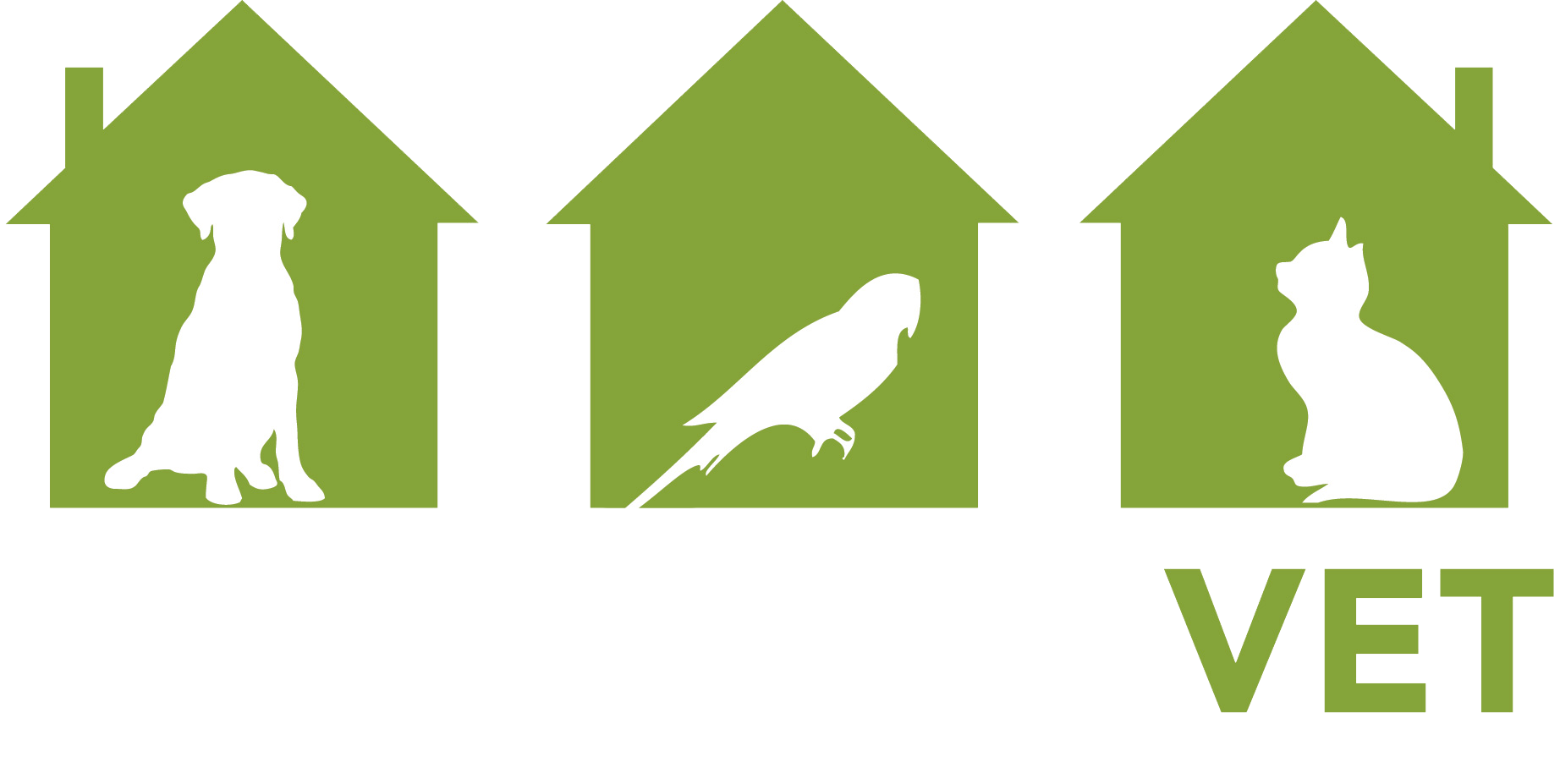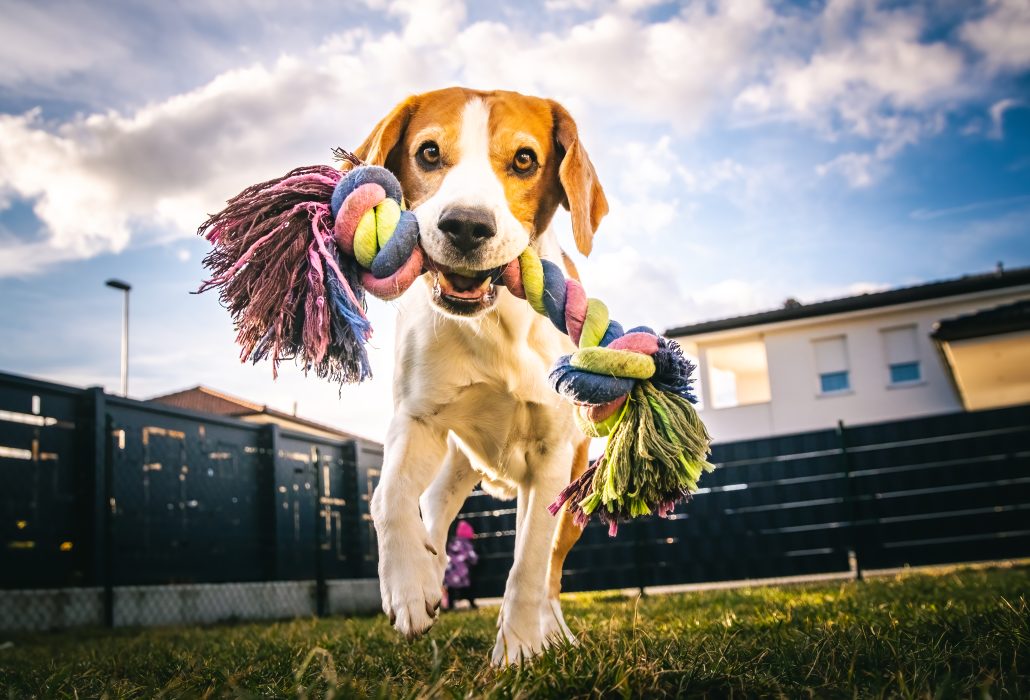
It is easy to think that our canine companion can live on cuddles, belly rubs and treat alone. However, just like us, dogs need regular physical activity to thrive both physically and mentally. A lack of exercise can result in a number of issues from health problems to behavioural changes.
From the signs your dog isn’t getting enough exercise to top tips on getting your pups moving, we’ll explore everything you need to know to keep your furry friend active. Whether you’re a seasoned dog owner or considering bringing a pup into your family, lace up those walking shoes and get ready to embark on adventures that will keep both you and your pup happy and healthy!
The Importance Of Exercise
Most of our dogs are full of energy, and all that energy needs an outlet! Without proper exercise, that pent up energy has nowhere to go and can leading to a range of issues. Problem behaviours may start to emerge as your pet becomes restless and frustrated. Additionally, regular exercise is great for both your and your pup’s health!
Some of the benefits on exercise for your pet includes:
- Prevents problem behaviours
- Promotes physical health
- Reducing the risk of respiratory and joint problems
- Reduces obesity
- Improves digestive and circulatory health:
- Lowers blood pressure
- Builds muscle
- Staves off boredom
- Enhances mood
- Strengthens your bond
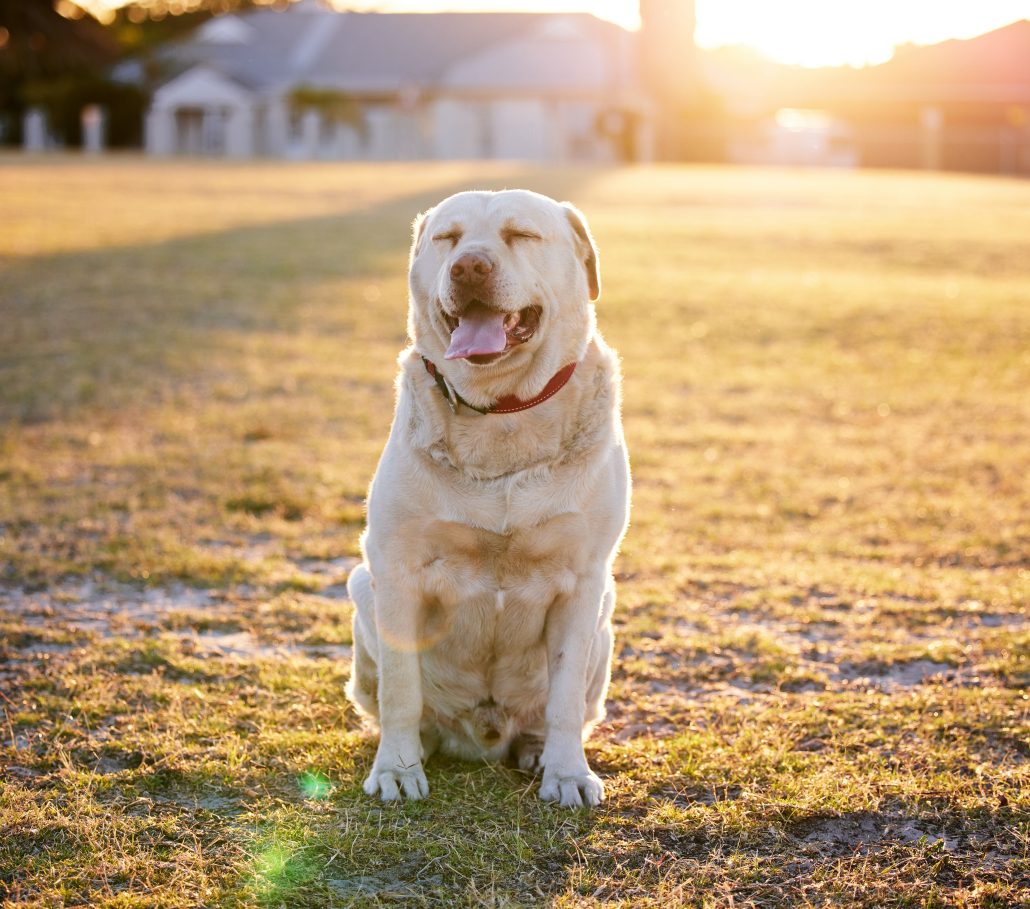
Signs Your Dog Needs More Exercise
Have you found yourself looking at your pup and wondering if they are getting enough exercise? Don’t worry, us too! Fortunately, the are a number of signals that can tell us if they need more activity in their daily routine. Here are some signs to look for:
Gaining weight
If you notice your dog looking a little extra fluffy or pudgy, maintaining their diet, it could be a sign that they’re not getting enough exercise. Overweight dogs are at risk of developing a number of health issues such as diabetes, high blood pressure and even heart failure. Exercise is crucial to maintaining their weight and reducing the risk of these preventable issues.
Destructive and Problem Behaviour
Is your dog is constantly digging, chewing furniture or getting into all sorts of trouble? They may need extra activity in their routine. Dogs who are under-exercised and under stimulated will typically exhibit a number of destructive behaviours out of boredom or frustration. Exercise is a good outlet to channel their energy and provide mental stimulation, reducing the likelihood of these behaviours (saving you stress and money too!)
Excessive Barking & Whining
Restlessness and pent-up energy can also manifest as excessive barking or whining, especially when your dog is seeking attention or stimulation. This is usually because they are looking for a way to release pent-up energy.
Restlessness & Hyperactivity
We all know and love zoomies – that sudden burst of energy without rhyme or reason. Zoomies are a natural dog behaviour and are simply a way to release pent-up energy. However, consistent restlessness and hyperactivity can indicate a deeper issue. If your dog is constantly pacing around, having trouble sleeping through the night, or exhibiting hyperactive behaviour, it’s a sign they have energy to burn and a sign that they need more physical activity
Being Withdrawn or Depressed
While some dogs become hyperactive, others may become withdrawn when lacking mental and physical stimulation. This means your pup is less likely to engage with you or your family, and may spend more time alone or sleeping. Withdrawn behaviour can also manifest as a lack of interest in activities they once enjoyed, such as playing fetch or going for walks.
Stiffness
Just like humans, dogs can experience stiffness and discomfort if they’re not getting enough exercise. A lack of movement can cause muscles to tighten and joints to become less flexible, leading to stiffness and difficulty moving. This can be especially noticeable in older dogs or those with existing joint issues.
Remember!
While these are indicators that your dog may need more physical activity, many of these can also overlap with other health concerns. It is always important to take a full look at your pups health, and if you are unsure, consult withy your vet – especially if there are any sudden changes in your dog’s behaviour or appearance.
Read More: Keep Your Furry Friends Agile & Active With This Guide to Joint Care for Pets
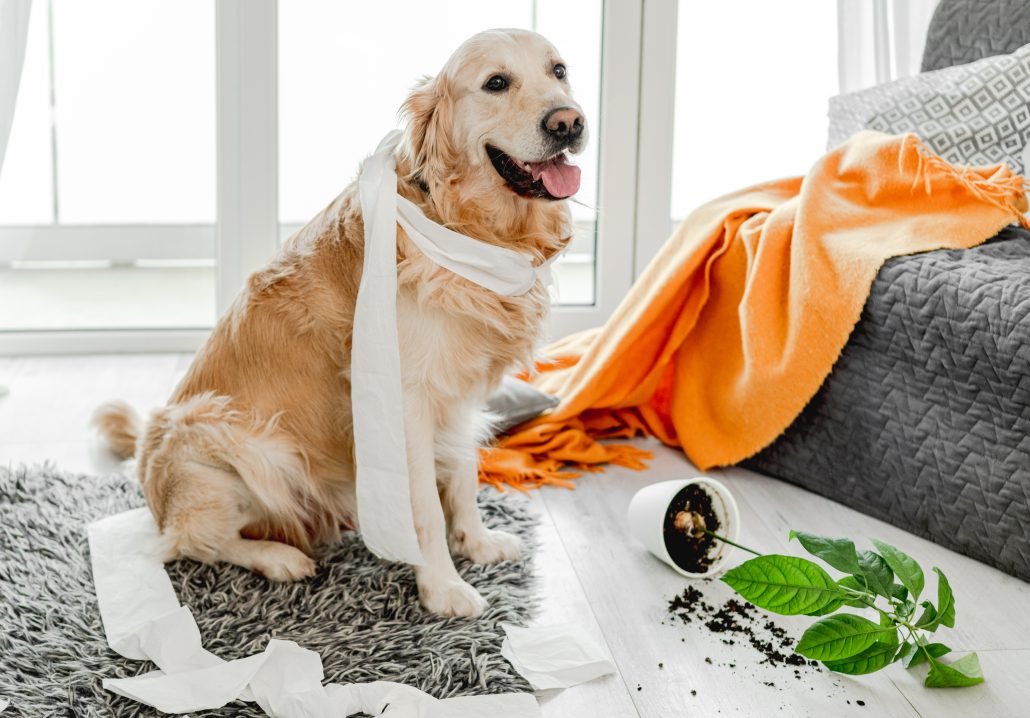
Top Ways To Get Your Pup More Active
Ensuring your pup gets enough exercise is essential for their overall health and well-being. However, how much exercise your dog requires depends on various factors such as breed, size, age, and health status.
For some older pups, a short daily walk may suffice, while younger or larger breeds may need longer walks or playtime to fulfill their need for both physical and mental stimulation. It’s crucial to research the energy level of the dog breed you’re interested in bringing into your home to ensure it aligns with your lifestyle and activity level.
Here are some top tips to get your pup more active:
- Daily Play Time: Simply letting your dog outside in the yard may not always be enough, especially if your pet does not have any siblings. Be sure to engage in interactive play sessions to keep them mentally and physically stimulated. Activities like fetch and hide and seek are great ways to get your pups moving.
- Go For A Walk: Regular walks provide essential exercise and mental stimulation for your pup. Aim for at least one brisk walk per day, adjusting the duration and intensity based on your dog’s age and needs.
- Try A New Activity: Why not mix up your routine by trying activities like bicycling, running, or hiking with your dog? Exploring new environments and encountering different smells and sights can also provide valuable mental stimulation, in addition to exercise.
- Go For A Swim: If your dog loves water, swimming is an excellent low-impact exercise that can help build strength and endurance. This is especially true for older dogs or those with joint issues.
- Doggie Daycare: Enrolling your pup in a doggie daycare program can provide opportunities for socialisation, exercise, and mental stimulation under the supervision of trained professionals, especially when you are away or at work.
- Regular Training: Incorporate training sessions into your daily routine to keep your dog both mentally engaged and physically active. Activities like obedience training, agility courses, or trick training can provide both mental and physical exercise.
- Puzzle Feeders: Puzzle feeders and interactive toys can make mealtime more engaging for your pup. These toys require mental effort to access food, keeping your dog both entertained and mentally stimulated.
Read More: Top Tips & Tricks For Walking Your Pet
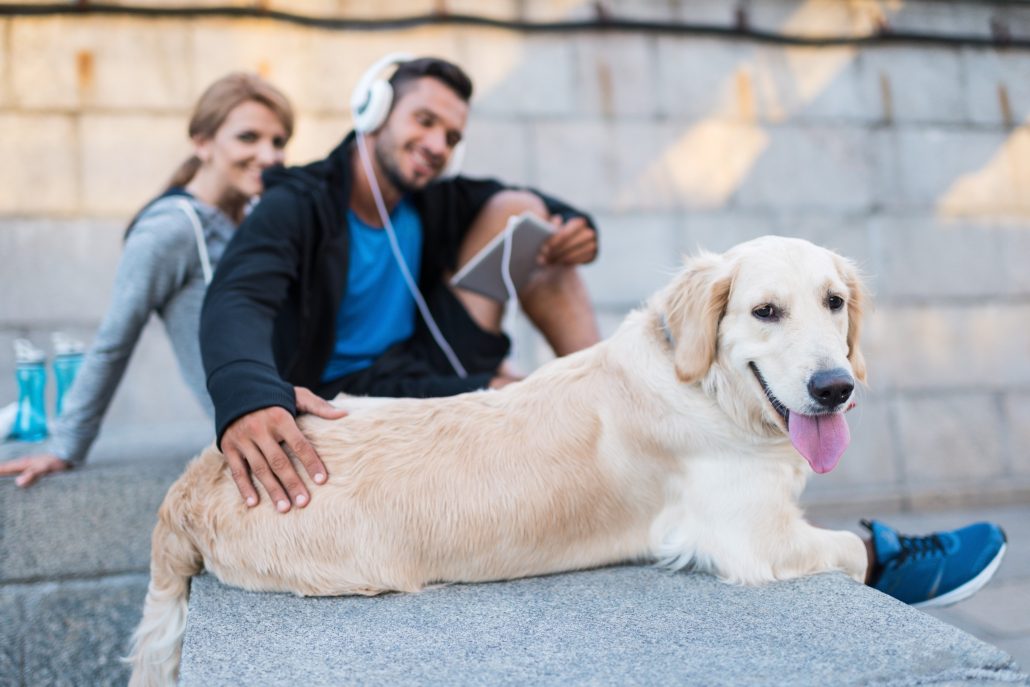
Keep Your Pup Paws-itively Active!
Keeping your pup active is key to their overall well-being and happiness. From preventing problem behaviours to promoting physical and mental health, regular exercise plays a vital role in ensuring your furry friend leads a happy, healthy and fulfilling life.
By understanding your dog’s unique exercise needs and incorporating a variety of activities into their routine, you can provide them with the stimulation they need and the opportunity to thrive. Whether it’s daily walks, interactive play sessions, or trying out new activities together, the possibilities are endless when it comes to keeping your pup active!
If you’ve noticed any signs that your dog may need more exercise or if you simply want to ensure they’re in optimal health, don’t hesitate to schedule a check-up with The House Call Vet today! Our experienced team and mobile vet clinic is here to provide personalised care and guidance to help your furry friend live their best life. Contact us now to book an appointment and let’s work together to keep your pup happy, healthy, and active for years to come!

